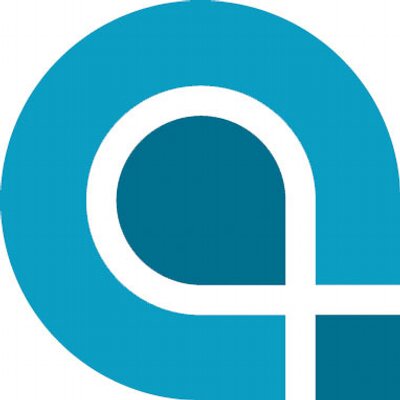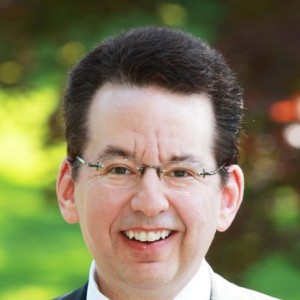Feel free check out a short (three-minute) but very informative and highly insightful interview with Evan Katz, a Managing Director at Crawford Ventures, Inc., and an elected Director on the Hedge Fund Association (HFA) Board of Directors.
Mr. Katz discusses hedge funds, institutional investors and successful fundraising, especially by mid-size funds and emerging managers. He is interviewed here, as an expert on these topics, at the HFA’s recent annual “Hedgeopolis” hedge fund and institutional investor conference in Manhattan (Nov. 9-10, 2015).
Also, as Crawford works with hundreds of institutional and family office investors that collectively allocate many billions of dollars to hedge funds, please feel free to contact Mr. Katz (EKatz@CrawfordVentures.com) if you work with or otherwise know any compelling hedge funds that are looking for more investors and to grow their AUM.
Evan Katz, Hedge Fund Association (HFA) Board Member, Discusses Hedge Funds, Institutional Investors & Successful Fundraising from Evan Katz on Vimeo.
 Though these benefits vary between institutional managers, the four main positive alternative asset reasoning similarities that Preqin notes are: diversification, reliable income streams, high returns, and inflation hedging characteristics. The report also shows that there will likely be a significant increase in investment throughout almost all asset classes in the coming year. Around 36% of infrastructure investors, 38% of private debt investors, and 42% of private equity investors plan to increase their investment in capital over the next year.
Though these benefits vary between institutional managers, the four main positive alternative asset reasoning similarities that Preqin notes are: diversification, reliable income streams, high returns, and inflation hedging characteristics. The report also shows that there will likely be a significant increase in investment throughout almost all asset classes in the coming year. Around 36% of infrastructure investors, 38% of private debt investors, and 42% of private equity investors plan to increase their investment in capital over the next year.